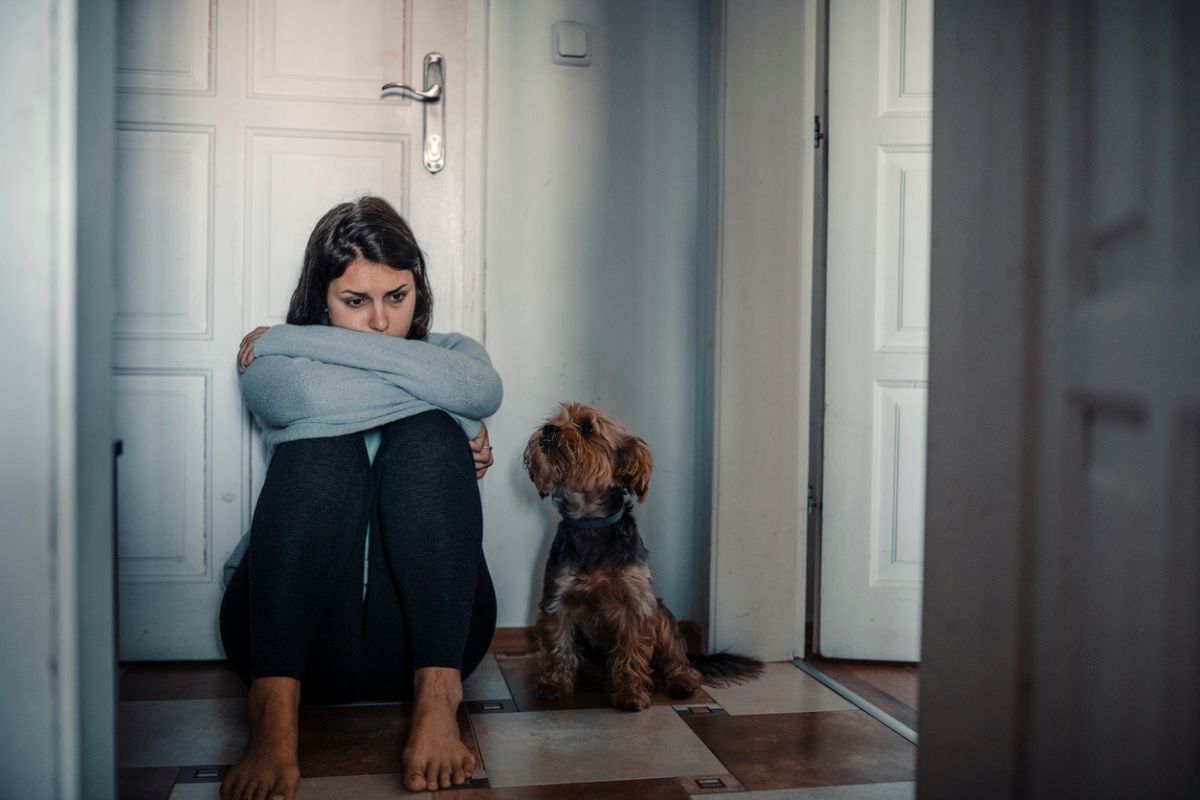The coronavirus did more than lock us all homes, freeze the global economy, and move telecommuting into the mainstream. Four years later, we’re still learning how to live under the shadow of a lingering global pandemic. It also threatened thousands of Americans with homelessness.
According to the Pew Research Center, the changes to our collective psyche have been overwhelmingly pessimistic.
How Are Lives Have Changed
Isolation. The most significant change that Americans reported appears to be how the pandemic has reshaped their relationships with friends and family. “The single-most common category of comments (41%) centered around missing family and friends and worrying about losing touch with people they used to see in person. Many described feelings of isolation – while others described newly crowded living situations, strained relationships, or the loss of loved ones.”
New routines. The Pew researchers also heard from almost a third of respondents who explained how the pandemic has restricted what options they have in their free time. “These responses often focused on being stuck at home or being unable to travel and were especially common among older adults. Some 45% of those 65 and older said the pandemic has forced them to remain isolated at home or otherwise unable to enjoy their normal routines in their older years. While just 27% of those under 50 described similar difficulties.”
A New Health Threat. Pew analysts found that 28% of those surveyed suffered physically, mentally, or both. “Many mourned the loss of loved ones to COVID-19 or detailed their own struggles with the virus. Others described more indirect health impacts of the pandemic, including stress and depression, weight gain, or a lack of exercise.”
Pandemic Puts Pressure on Rents
Another, perhaps lesser known, consequence of the pandemic is what it did to the nation’s homeless population.
The U.S. Department of Housing and Urban Development reported late last year that 8.53 million renter households had “worst case needs” in 2021, the most recent year for which data was available. That agency added that it was the highest number since the feds started tracking the data in 1978.
“Households with worst case needs are defined as renter households with very low incomes (incomes at or below 50 percent of area median income) who do not receive government housing assistance and pay more than one-half of their income for rent, live in severely inadequate conditions, or both,” the agency report explained. “Much of this increase was driven by rising rents and severe cost burdens faced by many low-income families as the rental market tightened.”
Despite that, HUD reported that fewer people entered a shelter program in 2021. And sheltered homelessness fell 17 percent between 2019 and 2021. But that decline didn’t come easy. It took Herculean efforts from the feds to prevent a tidal wave of homelessness, including:
- Two economic impact payments worth $2,000 per eligible adult and qualifying dependent for most households.
- The enhanced Child Tax Credit, which provided over $3,000 per child, half of which arrived as advance payments in 2021.
- Expanded unemployment benefits.
- Emergency Rental Assistance (ERA), which amounted to nearly 11 million checks to households.
Homelessness Remains A Risk
That kind of federal assistance, however, is almost always transitory. And the homeless, those at risk, and those working to help them both can’t count on that moving forward. Which makes the latest research from the University of Georgia all the more compelling.
The data, published in Health Affairs, shows that even a modest 25 percent reduction in homelessness could prevent nearly 2,000 opioid overdose deaths, 850 cases of alcohol poisoning, and 540 cocaine overdoses.
“One of the frustrations for people who study and recommend policy changes is that homelessness and the opioid crisis are persistent,” UGA professor and co-author David Bradford said. “Our study shows that there is a causal effect. Homelessness is making the opioid crisis worse.”
While it’s not the first study to link the unhoused to increased drug and alcohol mortality rates, it provides additional hard data that suggests a “housing first” approach to the opioid epidemic might yield better results than focusing solely on the addiction side of the equation.
“It took us decades to get into this problem, and it will take decades to get out of it,” Bradford added. “What I hope people can take away from studies like ours is that we need pragmatic policies that aren’t puritanical or judgmental. We need to invest in these people who need help.
Further Reading
Homelessness in Children and Adolescents
Social and Emotional Health of College Students and COVID-19



